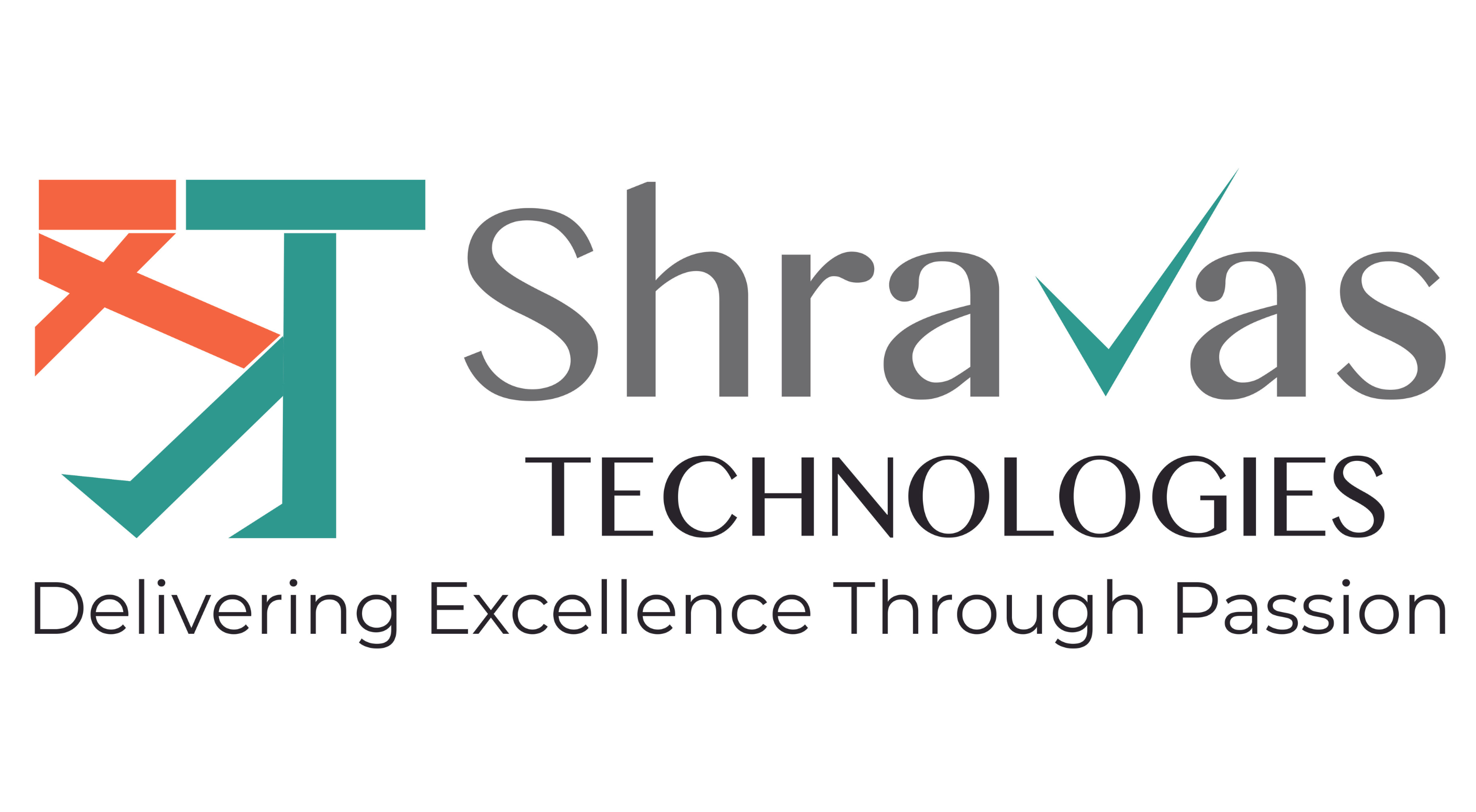In the ever-evolving cybersecurity landscape of 2025, Vulnerability Assessment and Penetration Testing (VAPT) has grown from a technical compliance exercise to a business-critical strategy. One of the most impactful shifts? Risk-based audit prioritization — a method that adapts VAPT focus based on the actual business impact of vulnerabilities.
Let’s break down why this matters, how it works, and what your organization should be doing to stay ahead.
Why Risk-Based Prioritization Matters Now More Than Ever
Traditional VAPT approaches often treated all systems equally, focusing on blanket coverage or technical severity (e.g., CVSS scores). But in practice, not all vulnerabilities are created equal. A low-severity flaw in a revenue-generating application might pose more risk than a high-severity issue in a sandboxed dev environment.
Enter risk-based prioritization: aligning cybersecurity efforts with business context. This approach brings several advantages:
- 🎯 Focuses resources on what truly matters
- ⏱ Reduces wasted effort on low-impact issues
- 📈 Improves ROI from security operations
- 🤝 Strengthens alignment between security and business teams
What Changed in 2025?
Several trends have driven the adoption of risk-based audit strategies in the VAPT world:
1. Business-Context Mapping is Mainstream
Thanks to better asset management platforms and context-aware tools, organizations now map digital assets to business functions. This means pen testers can immediately know which systems impact critical operations, like payment processing or customer data handling.
2. Automation and AI in Threat Modeling
Advanced VAPT tools now incorporate AI-driven threat modeling, identifying likely attack paths and risk exposure across environments. This helps teams move from theoretical risks to probable business-impact scenarios.
3. Board-Level Cyber Accountability
With regulatory changes and breach disclosure requirements tightening, boards and executives demand clearer justification for where audit resources are being spent. Risk-based reporting helps CISOs speak in the language of business — not just tech.
Building a Risk-Based VAPT Framework
Ready to evolve your audit approach? Here’s how to build a risk-based prioritization model:
1. Identify Business-Critical Assets
Map all assets (apps, endpoints, databases, APIs) to their business functions. Label them as “High,” “Medium,” or “Low” based on:
- Revenue impact
- Data sensitivity
- Regulatory relevance
2. Layer in Technical Risk
Combine this context with technical vulnerability data from scanners and past audits. Use risk scoring models that factor in exploitability, exposure, and asset criticality.
3. Prioritize Audit Cycles
Move from calendar-based audits (e.g., quarterly) to impact-driven frequency. Critical systems may need monthly deep-dive VAPTs, while lower-tier assets might be reviewed bi-annually.
4. Integrate with CI/CD
For dynamic environments, integrate risk-based triggers into CI/CD pipelines. This ensures that code or infra updates involving high-risk assets automatically invoke deeper security testing.
5. Report in Business Terms
When reporting findings, shift from CVEs to business impact narratives:
- “Exploitable auth flaw in payment API could lead to transaction fraud.”
- “SQL injection in HR tool poses low impact due to internal access controls.”
Common Pitfalls to Avoid
Transitioning to a risk-based model isn’t without challenges. Watch out for:
- ❌ Inaccurate asset inventory: Without full visibility, you’ll miss key targets.
- ❌ Over-reliance on CVSS: CVSS is useful, but alone it doesn’t capture context.
- ❌ One-size-fits-all metrics: Customize risk scoring for your industry and business model.
- ❌ Siloed teams: Ensure security, IT, DevOps, and business stakeholders collaborate on audit priorities.
Real-World Example: VAPT in Action
A fintech company in 2025 used business impact scoring to reprioritize its testing efforts. Rather than spreading VAPT evenly across 20 applications, they focused on the five that processed sensitive financial data and had public-facing APIs.
Outcome?
- Reduced total VAPT hours by 30%
- Discovered two critical issues that were missed in past blanket audits
- Improved audit-to-remediation time by 40%
The Future: Continuous Risk-Based Testing
Looking ahead, the future of VAPT lies in continuous, risk-aware security assessments. With the rise of attack surface management and real-time monitoring, organizations can dynamically adjust testing priorities based on changes in their environment or threat landscape.
Risk-based audit prioritization isn’t just a trend — it’s the blueprint for smarter, leaner, and more effective cybersecurity.
Final Thoughts
In 2025, security teams can’t afford to treat all vulnerabilities equally. The move toward risk-based audit prioritization reflects a broader industry shift toward smarter, more business-aligned security practices. If you’re not yet prioritizing VAPT based on impact, now’s the time to start.

